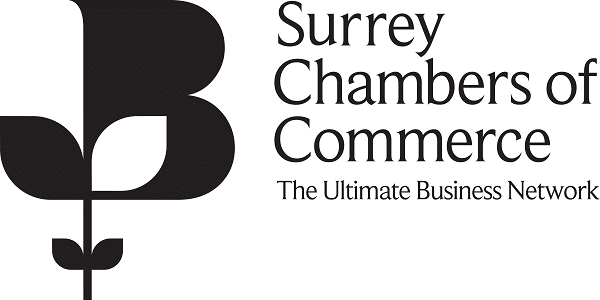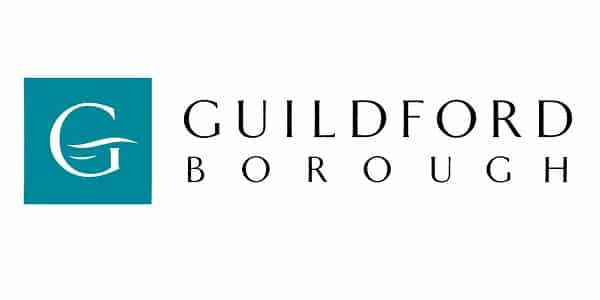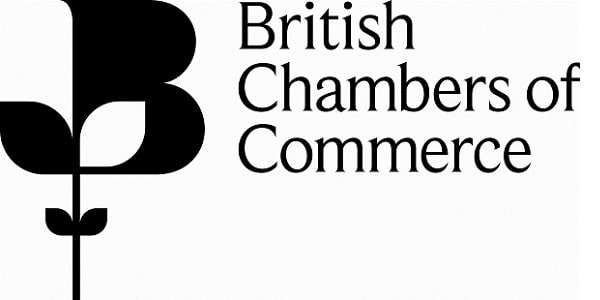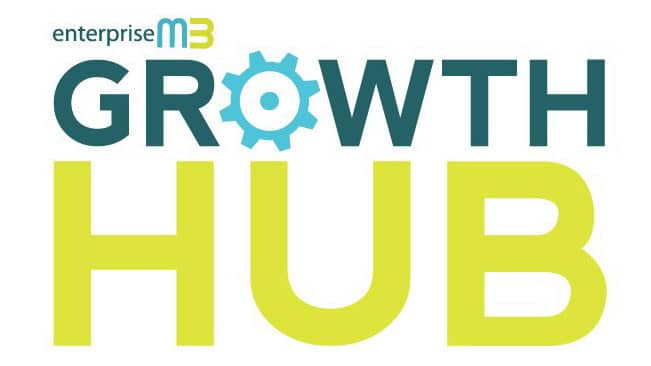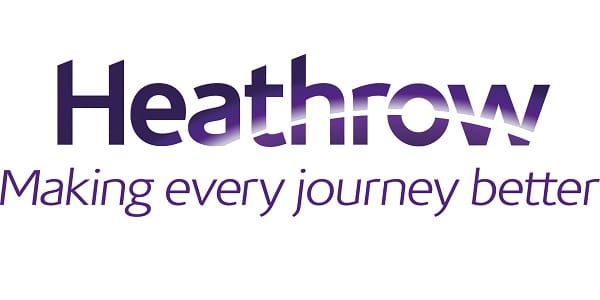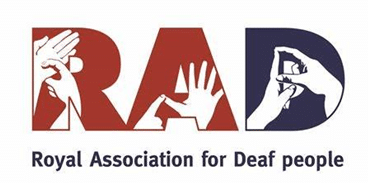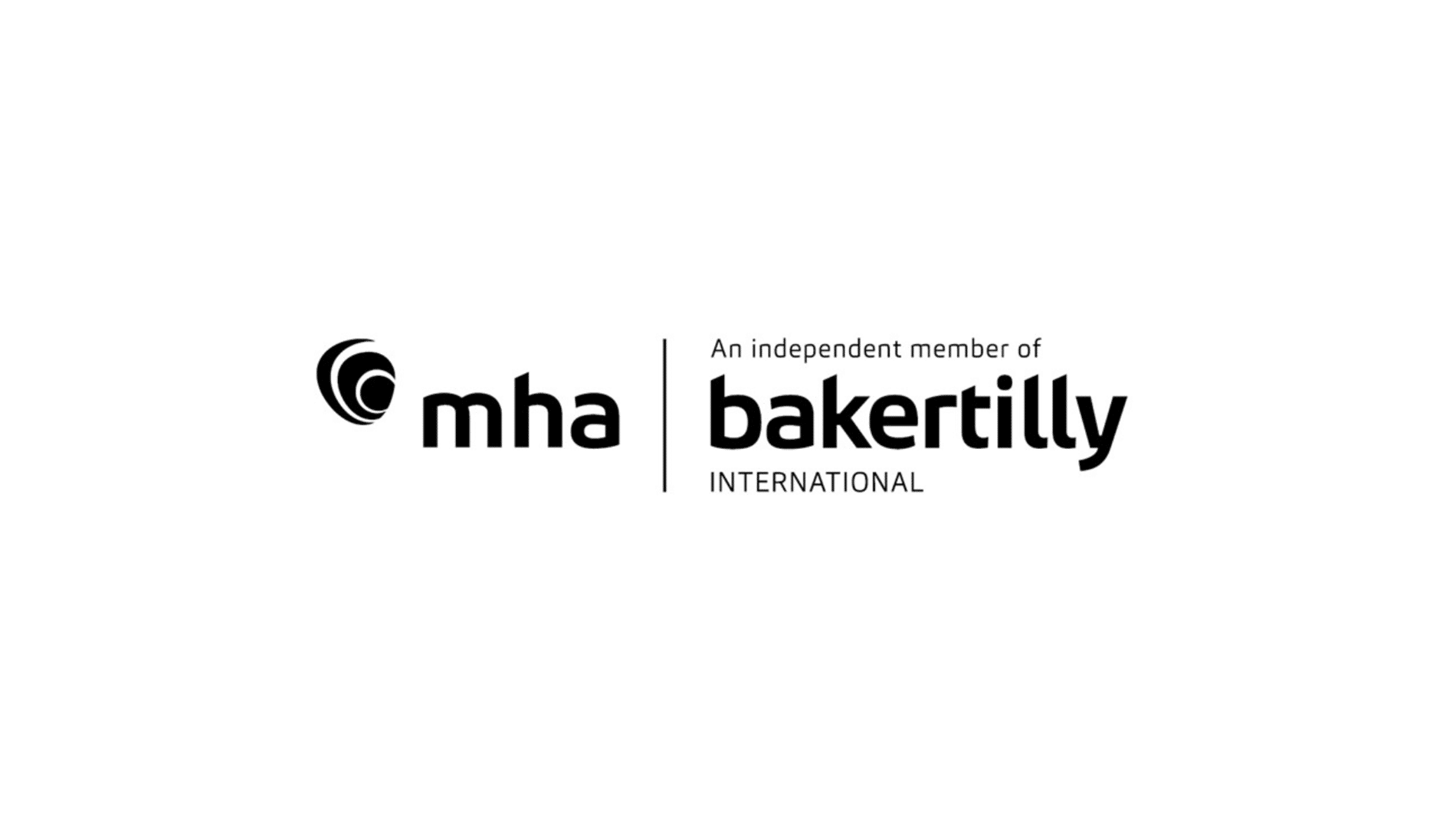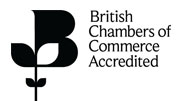Latest News
Gold – More Room to Run?
29th July 2020

Gold is glistening at the moment with investors furiously flooding into the precious metal, pushing prices to all-time highs in the spot market, and above $2,000/oz in the futures market. The yellow metal’s ascent comes as investors continue to seek safety from the incredibly uncertain economic outlook, aided by gold’s tendency to trade inversely with real yields; with the weaker dollar providing a significant tailwind.
It is the second of those factors – the plunge in real yields (treasury yields adjusted for the inflation breakeven) – that has been the primary factor fuelling the precious metal’s rise; with inflation expectations having fallen as a result of the covid-induced demand shock, and Treasury yields having steeply declined as a result of both a ‘flight to quality’ and the Fed’s unprecedented scale and pace of asset purchases.
In fact, adjusted for inflation, 10-year Treasuries now yield -90bps; i.e if held to maturity an investor would lose 0.9% of their initial investment. Given this, it is perhaps unsurprising to see other assets – as well as gold – moving skyward, as investors continue their ever-more desperate search for yield; taking them further down the credit spectrum, and into ever riskier waters.
Nevertheless, on the subject of gold, given its meteoric rise, now is an opportune time to consider whether the rally has the legs to continue, and what may see gains extended; or if a pullback is now likely.
In my view, it is more likely that gold will continue to gain ground, though not because of a further deterioration in the risk landscape, but due to real yields continuing to plumb ever lower. The continued fall in real yields won’t, necessarily, come from a further decline in inflation expectations, with breakevens having recently shown signs of ticking higher, particularly as the crisis phase of the coronavirus shock begins to abate.
Instead, it is the ‘lower forever’ monetary policy stance that has been adopted by all G10 central banks that will keep yields depressed; with asset purchases and potential yield curve control also keeping a lid on curve steepening and a bond market sell-off. It took 5 years for the FOMC to increase rates after the 2008 financial crisis; it will almost certainly take much longer than that this time around.
Furthermore, once the coronavirus pandemic has passed, and the economic recovery is underway, one must consider gold’s status as an inflation hedge – historically being a very good store of value. As a result, even once the ‘uncertainty hedge’ appeal of the precious metal has faded, its status as an inflation hedge could take over and fuel further gains.
In summary, if real yields have further to fall, and the risk landscape has potential to deteriorate further, gold has further room to rally.
30.07.2020
Michael Brown, Senior Market Analyst, Caxton FX







